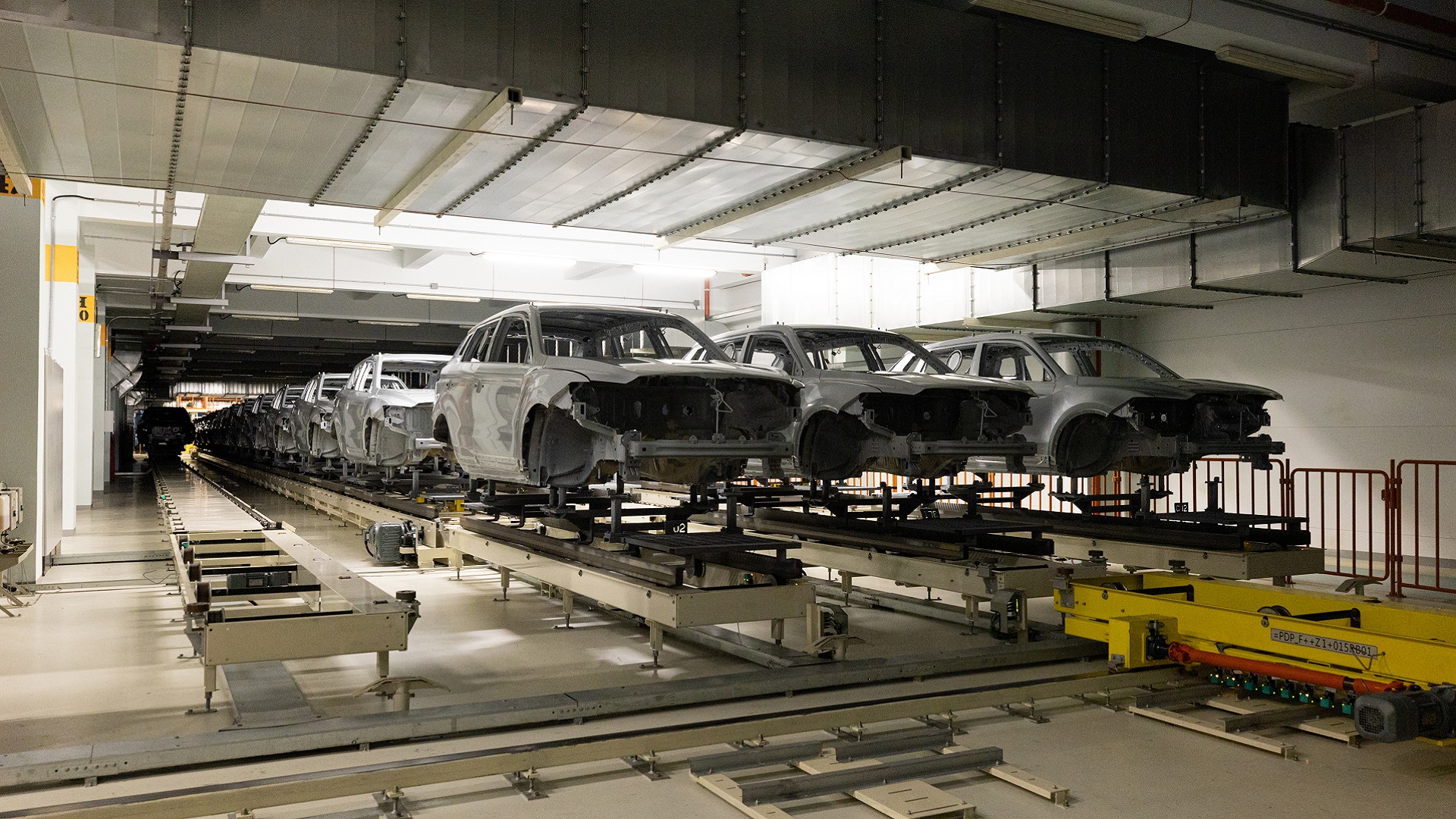The dynamic automotive industry is revving up its pace of change. Among the many factors driving change are competitive pressures, rising cost of materials, changing usage patterns, lessons learned from the supply chain disruptions of the pandemic, and continued acceleration of cycle times. Add to the list the quest for greater performance, lighter weight vehicles and electrification.
All these forces create challenges for the automotive industry throughout the manufacturing phases of design, prototyping, production and assembly.
The bottom line?
OEMs and suppliers alike must continue to advance their technologies and processes to keep up with the need for speed and flexibility in manufacturing.
That’s where 3D printing comes in. Let’s take a look on how 3D printing solves every-day automotive industry problems:
Rapid prototyping
3D printing for the automotive industry, like many other industries, allows for rapid prototyping but also prototypes used in reverse engineering, proof of concept, and other design iterations along the product lifecycle management path.
To make prototypes with 3D printing, no tooling or manufacturing outsourcing is required. Unlike legacy manufacturing processes where tooling and set up is often cumbersome and costly, 3D printing can be used efficiently for mainstream production for low-volume orders, with very precise and disparate specifications for short runs.
Using 3D printing, automakers bypass traditional multi-step design processes such as part assembly and painting. Product design and iteration cycles are thus accelerated, ultimately bringing vehicles to market faster.
Customized parts
One of the key advantages of using 3D printing in automotive manufacturing is the ability to produce complex, custom parts quickly and cost effectively. This can be particularly useful for low-volume production runs or for creating one-off prototypes and concept models.
For example, Audi used the Stratasys J750, a commercial 3D printer, for its versatility and capability of incorporating multi-materials. In fact, Audi used as many as six different feedstock materials in its prototyping efforts. The company printed single-piece taillights — whether transparent or in different colors — directly from the 3D printer, eliminating the need for multi-layered construction.
This allowed the German automaker to try a multitude of colors with various shades and tints, thanks to the great versatility of the J750. Audi reduced its prototyping lead times by up to 50% compared to traditional manufacturing methods.
Spare parts
In addition to prototypes, Stratasys also supports needs for original equipment and parts. These include final parts like Y air flow splits, front grills and electrical clips — as well as aftermarket spares and other parts that may be required by an OEM and aftermarket suppliers to support customer requests for replacement parts or special application needs such as performance racing.
For example, Stratasys technologies create 3D-printed customized parts for aftermarket suppliers of Porsche parts which enhance engine performance. Several years ago, Porsche also began using 3D printing to fabricate its own on-demand customized spare parts.
So if an original clutch release lever was made from gray cast iron and must be replaced for whatever reason, Porsche’s spares department will make you a new one using selective laser melting via additive manufacturing.
Read more here.
Sign up today for a free Essential Membership to Automation Alley to keep your finger on the pulse of digital transformation in Michigan and beyond.




